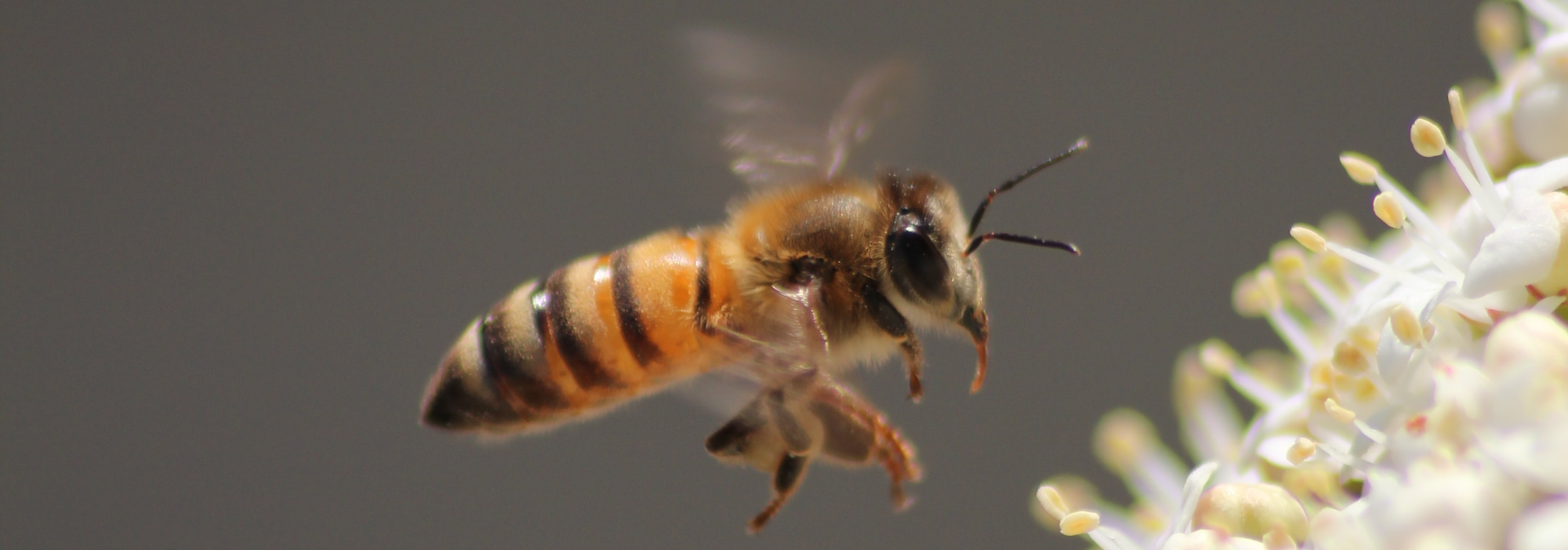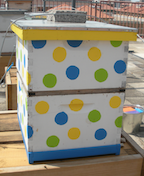Nancy A. Moran
Research
CURRENT RESEARCH
PAST RESEARCH
- Elucidating the molecular bases of species interactions in host-associated bacterial communities
- Role of Gut Microbiota in Honey Bee Health
- Coevolutionary dynamics in an obligate insect symbiosis
- Colonization by a Co-evolved Gut Community
- Dual Obligate Intracellular Symbionts
- Control of Bee Behavior by Stably Engineered Gut Microbial Communities
- Dimensions of Biodiversity: the Gut Microbiota of Bees
- Environmental Genomics of Symbionts in Pea Aphids
- Genomics of Bacterial Symbionts of Plant Sap-Feeding Insects
- Biocomplexity in the Environment
- Bacterial Endosymbiont Diversity in Drosophilla
- Biocomplexity of Symbiotic Bacteria
- Genomic Evolution of Buchnera
- Evolutionary Dynamics of Endosymbiont-Borne Adaption on Aphids
- Molecular Phylogenetics of Sternorrhyncha
- Phylogenetics of Aphids
- Genetically Variable Complex Life Cycles in Heterogeneous Environments
PAST Research Projects

Control of Bee Behavior by Stably Engineered Gut Microbial Communities
(co-PI's Nancy Moran, Andrew Ellington, Jeffrey Barrick, Bryan Davies and Hal Alper)
 We will engineer the honey bee gut microbiota for the robust, stable, and safe production of neuropeptides that influence bee behavior. This feat will be based on three areas of technical in- novation, each of which will address key DARPA BRICS goals, and which will together integrate to generally achieve control over engineered microbiomes.
We will engineer the honey bee gut microbiota for the robust, stable, and safe production of neuropeptides that influence bee behavior. This feat will be based on three areas of technical in- novation, each of which will address key DARPA BRICS goals, and which will together integrate to generally achieve control over engineered microbiomes.
The first innovation is the development of a transferrable, orthogonal genetic system that controls the mutation rate (including transposition and horizontal gene transfer, HGT) of itself and its host, the Arkmid. The second innovation is the expression of cell sur- face proteins tethered to antimicrobial peptides, and the subsequent cleavage of these peptides by sequence-specific proteases. The viability of multiple organisms in a consortium will be tied to- gether via interdependent networks of these Circuits of Orthogonal Proteases (COPs), ensuring robustness. Finally, we will demonstrate that should the engineered func- tion fall out of balance, either at the consortium or individual bacteria level, that it will destroy itself. At the consortium level, this is an inherent property of the COPs net- work regulation of antimicrobial peptides. At the bacterial (or cellular system) level, a third in- novation will be to couple the balance of toxin:antitoxin systems to sensors of cell state.
Overall, implementation of these innovations should be an excellent showpiece for DARPA, since we will not merely show function in culture, but also in the context of the bee gut. The ul- timate function that will be regulated by our engineered consortia will be the production of neu- ropeptides that influence bee behaviors, such as aggression and foraging. The immediate poten- tial applications of such a feat are the development of custom probiotics that might reduce the aggressiveness of Africanized bees or might help to prevent colony collapse disorder.
By challenging ourselves to engineer a real-world microbiome, we of necessity demonstrate the modular and scalable possibilities for our innovations. For example, the successful function of Arkmids in bee gut microbiome (BGM) members will demonstrate the possibilities for the rapid "domestication" of almost any new bacterial species for industrial or other applications. In addition, if successful, we will have gone beyond the stated DARPA goals by developing an en- gineered ecology in which control of a consortium of bacteria leads to control of the bee this consortium resides in and ultimately control of the hive that the bee participates in.
Selected publications
- Leonard SP, Powell JE, Perutka J, Geng P, Heckmann LC, Horak RD, Davies BW, Ellington AD, Barrick JE, Moran NA. 2020. Engineered symbionts activate honey bee immunity and limit pathogens. Science 367: 573-576. doi: 10.1126/science.aax9039
- Leonard SP, Perutka J, Powell JE, Geng P, Richhart DD, Byrom M, Kar S, Davies BW, Ellington AD, Moran NA, Barrick JE. 2018. Genetic engineering of bee gut microbiome bacteria with a toolkit for modular assembly of broad-host-range plasmids. ACS Synth Biol. 7: 1279-1290. doi: 10.1021/acssynbio.7b00399.